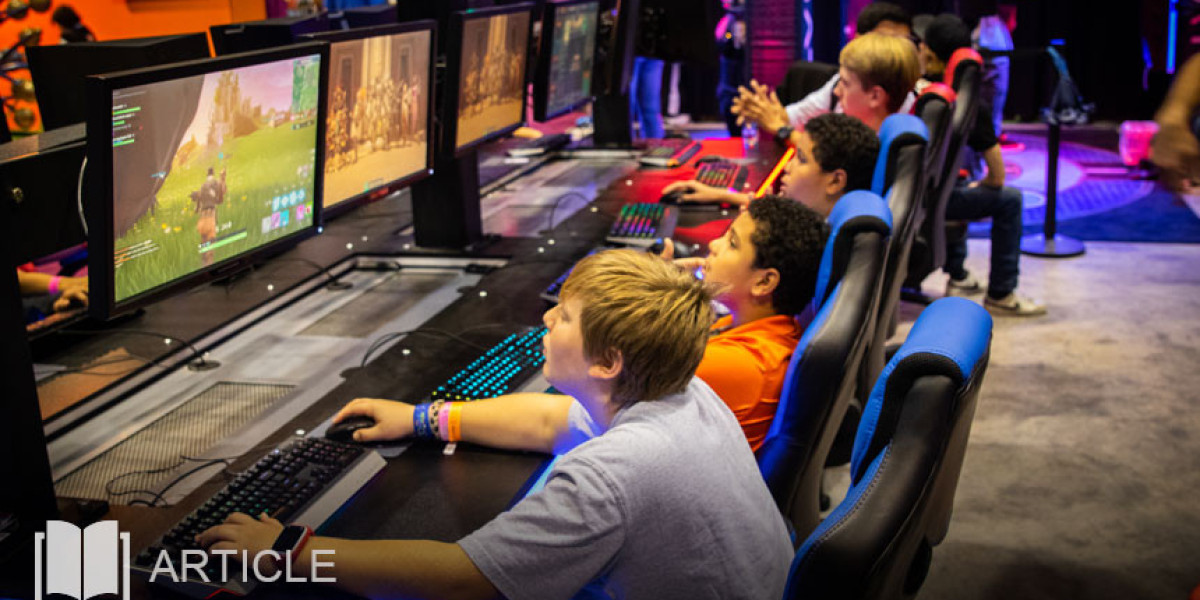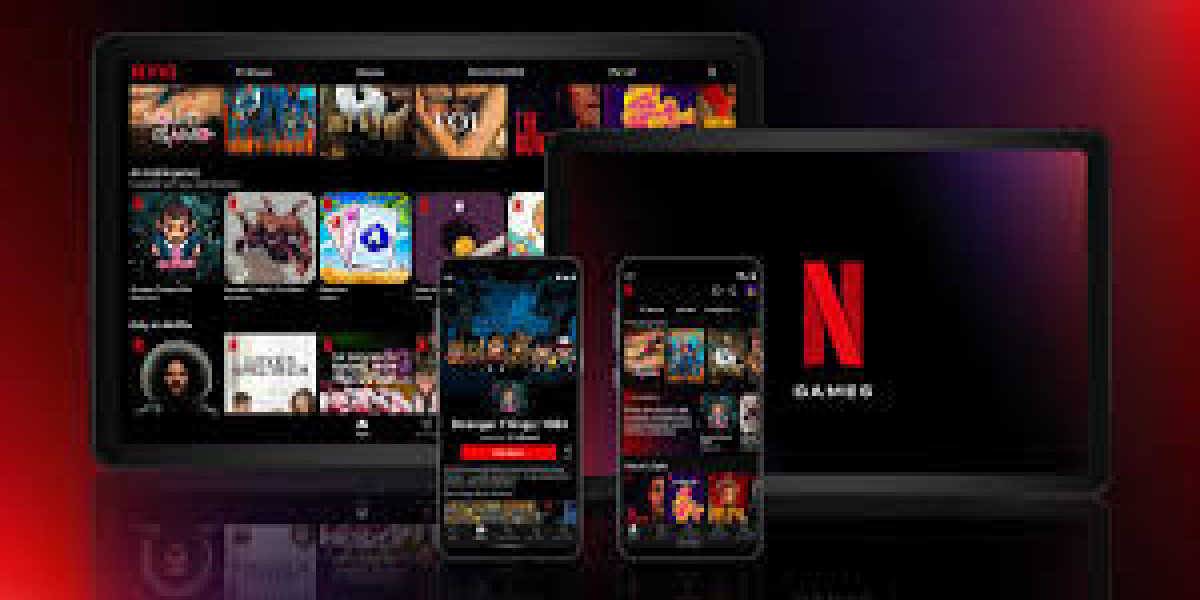Gaming has transformed from a niche pastime into a global industry worth billions of dollars. What started with arcade cabinets in the 1970s is now a digital empire that includes consoles, PCs, mobile devices, and immersive virtual worlds. Today, gaming is not only entertainment but also a cultural phenomenon.
The Early Days: Arcades and Consoles
The 1970s and 80s saw the birth of video gaming. Arcades were filled with iconic titles like Pac-Man and Space Invaders, attracting crowds of young players. The arrival of home consoles like the Atari 2600 and Nintendo Entertainment System (NES) brought gaming into living rooms around the world.
These early games may look simple today, but they laid the foundation for what was to come.
The Golden Age of Consoles and PCs
By the 1990s and 2000s, gaming had become more advanced and immersive. Consoles like the PlayStation, Xbox, and Nintendo 64 introduced 3D graphics and complex storylines. On the PC side, titles like Doom, Warcraft, and Half-Life pushed boundaries in graphics and multiplayer experiences.
This era also marked the rise of online gaming, with the internet connecting players across the globe. Multiplayer titles like Counter-Strike and World of Warcraft created massive online communities.
The Mobile Gaming Boom
The launch of smartphones in the late 2000s created a new era of casual gaming. Titles like Angry Birds, Clash of Clans, and Candy Crush reached audiences far beyond traditional gamers. Mobile gaming now represents a huge portion of the industry, with billions of downloads worldwide.
Mobile platforms also introduced microtransactions, reshaping how developers earn revenue.
The Rise of eSports
One of the most exciting developments in gaming is eSports. Competitive gaming has become a professional industry, with tournaments filling stadiums and prize pools reaching millions of dollars. Games like League of Legends, Dota 2, and Fortnite have turned players into celebrities with massive fan followings.
Streaming platforms like Twitch and YouTube Gaming allow audiences to watch live gameplay, creating a new form of entertainment similar to traditional sports.
The Future: Virtual Reality and Beyond
Virtual Reality (VR) and Augmented Reality (AR) are redefining what it means to play. VR headsets immerse players in lifelike environments, while AR brings digital elements into the real world, as seen with Pokémon Go.
Artificial Intelligence is also influencing gaming, making enemies smarter and creating dynamic storylines that adapt to player choices. In the future, games may become even more personalized and interactive.
Conclusion
From arcade machines to immersive virtual worlds, gaming has come a long way. It is now one of the most powerful cultural and economic forces in the world, blending entertainment, competition, and technology. As VR, AI, and cloud gaming evolve, the industry is set to keep expanding, offering endless opportunities for players and creators alike.





